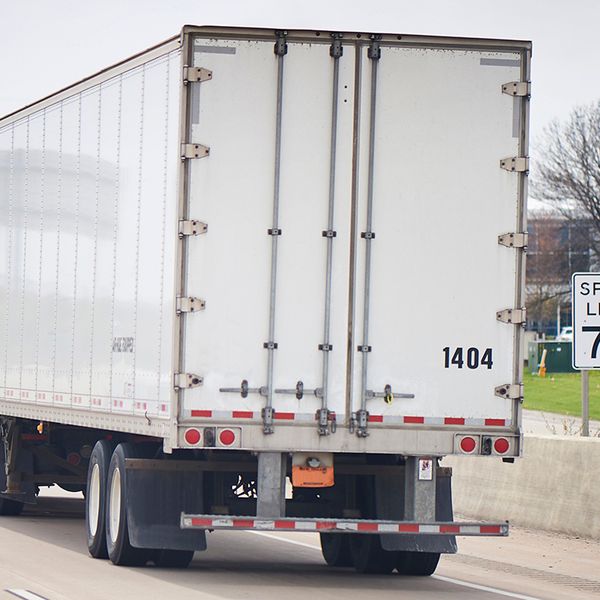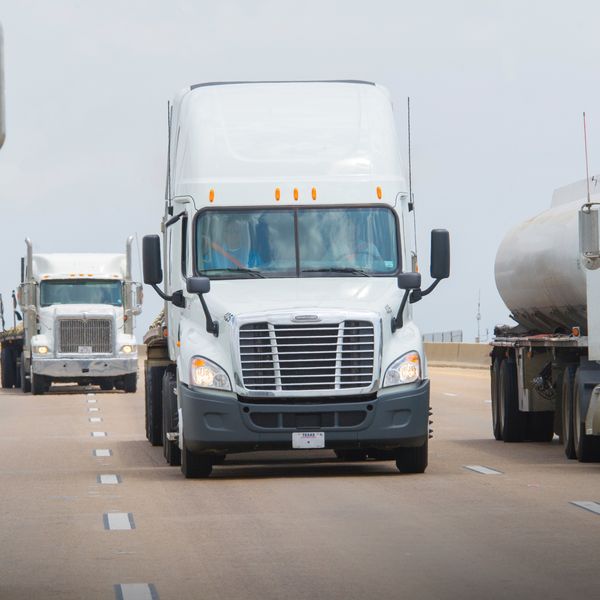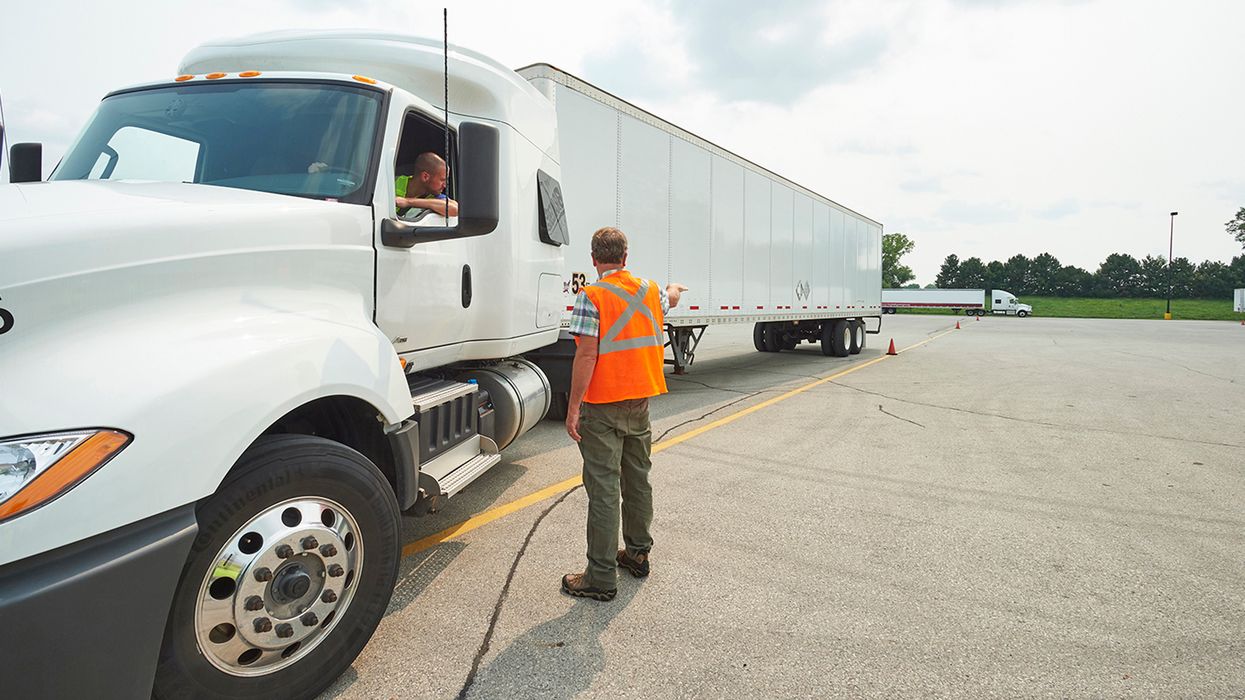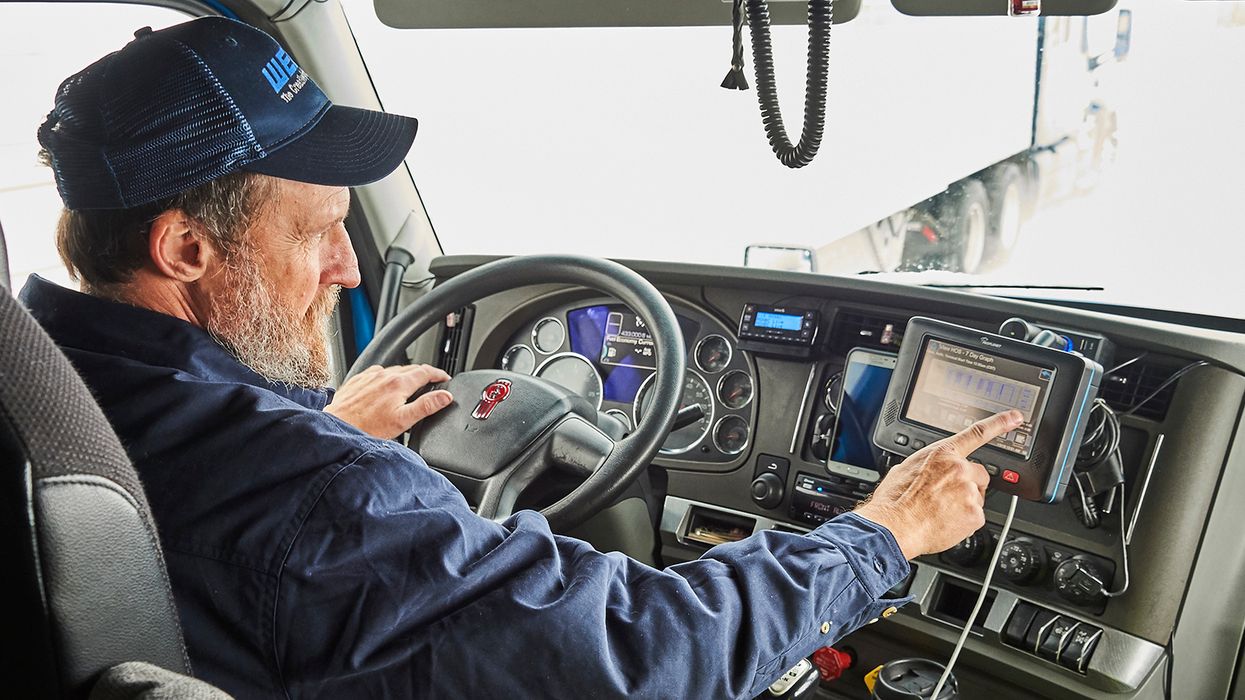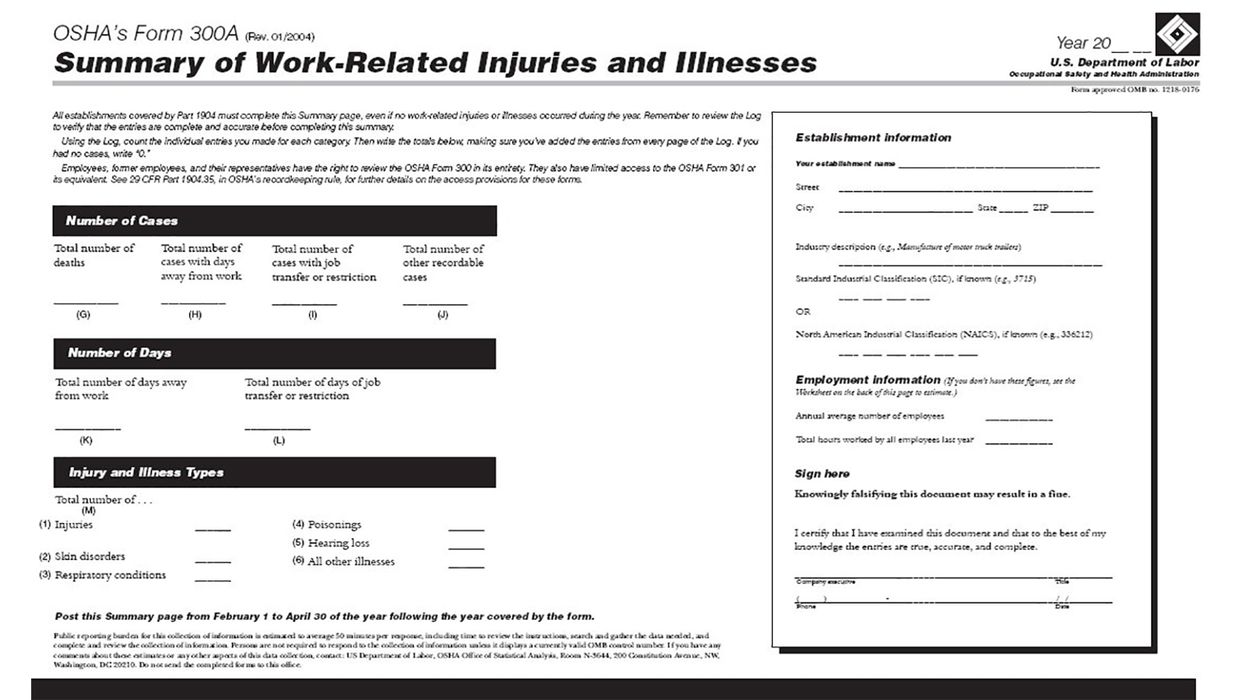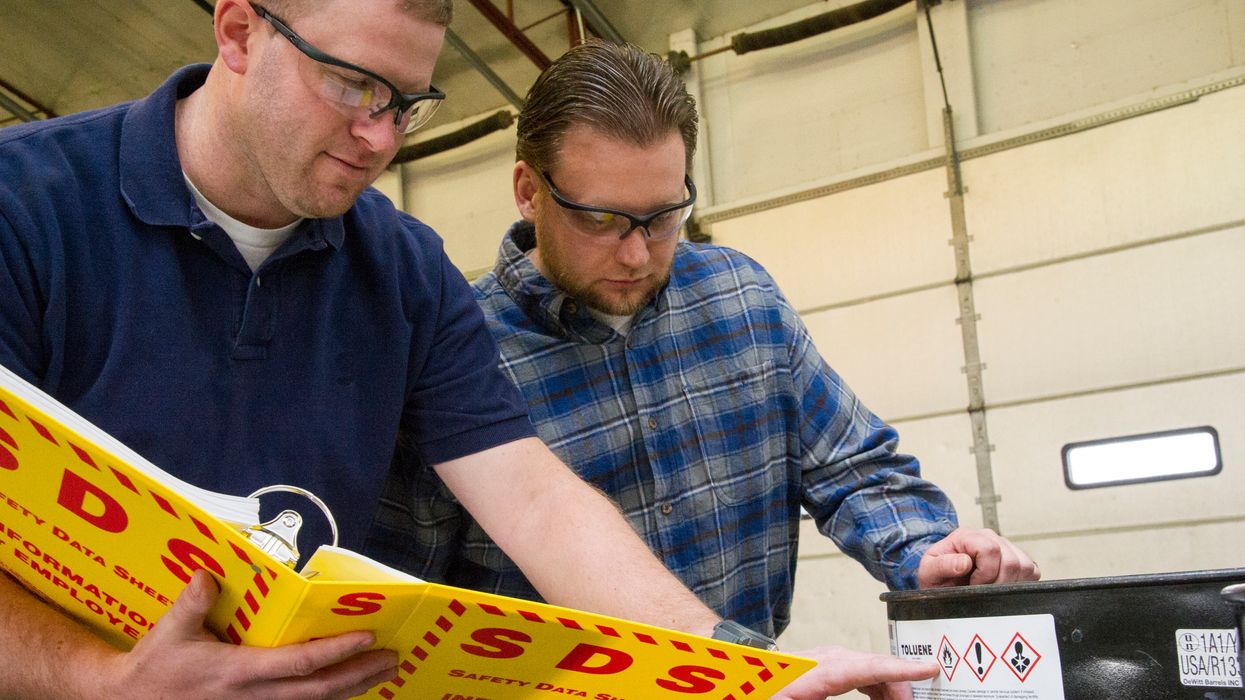Telling the difference: Intrastate versus interstate vehicles
It is not uncommon for a private or for-hire operation to have a mixed fleet, that is to say some vehicles further interstate commerce while others stay strictly in one state. When a driver or vehicle is strictly intrastate, they can follow the often less restrictive state rules rather than the Federal Motor Carrier Safety Regulations or FMCSRs. But how does enforcement distinguish an interstate vehicle from an interstate vehicle?
During a roadside inspection, a traffic stop, or accident investigation, a conversation with the driver is the primary method for enforcement to understand the nature of a vehicle’s movement. There are other clues as well, such as any supporting documents the driver has, the vehicle registration, and how the vehicle is marked. Interstate markings are straightforward, the federal markings must include the carrier’s legal name (or tradename if the dba is included on the carrier’s MCS-150) in addition to the letters USDOT followed by the carrier’s USDOT number. These markings are universally accepted by the states for vehicles furthering interstate commerce. However, states can have additional requirements for their instate-only vehicles, including:
- Height of letters,
- Width of letters,
- State authority designations,
- Gross vehicle weight,
- State abbreviation as a suffix to the USDOT number, or
- City, state, or address.
| State | Letter Height | Letter Width | State Authority | GVW | State Suffix | City, State, or Address |
| Alabama | X | |||||
| California | X | |||||
| Colorado | X | |||||
| Connecticut | X | |||||
| Florida | X | |||||
| Georgia | X | X (light weight) | ||||
| Hawaii | X (PUC) | X (PUC) | X (PUC) | X | ||
| Idaho | X | |||||
| Illinois | X | X | X | |||
| Indiana | X | |||||
| Iowa | X | |||||
| Kentucky | X | |||||
| Louisiana | X | X | X | |||
| Maryland | X | |||||
| Michigan | X | X (CVED) | X | |||
| Mississippi | X | X (PSC) | ||||
| Missouri | X | |||||
| Montana | X | |||||
| Nevada | X | X | ||||
| New Jersey | X | X | X | |||
| New Mexico | X | X | ||||
| New York | X (NYC) | X (NYC) | ||||
| North Carolina | X | X (Tow vehicles) | ||||
| Ohio | X (PUC) | |||||
| Oklahoma | X | |||||
| Pennsylvania | X | X | X (PUC) | |||
| Rhode Island | X | |||||
| South Carolina | X | X (PUC) | X | X | ||
| Tennessee | X | X | X | |||
| Utah | X | |||||
| Washington | X |
Key to remember
State marking requirements can be very detailed and can vary by operation type. If engaged in intrastate operations, vehicles must be marked properly. Some states allow intrastate vehicles to be marked in accordance with the federal standards – but not all. A carrier may want to take advantage of the state’s less restrictive safety rules, but they should be aware that the marking requirements may be more restrictive than the federal.






